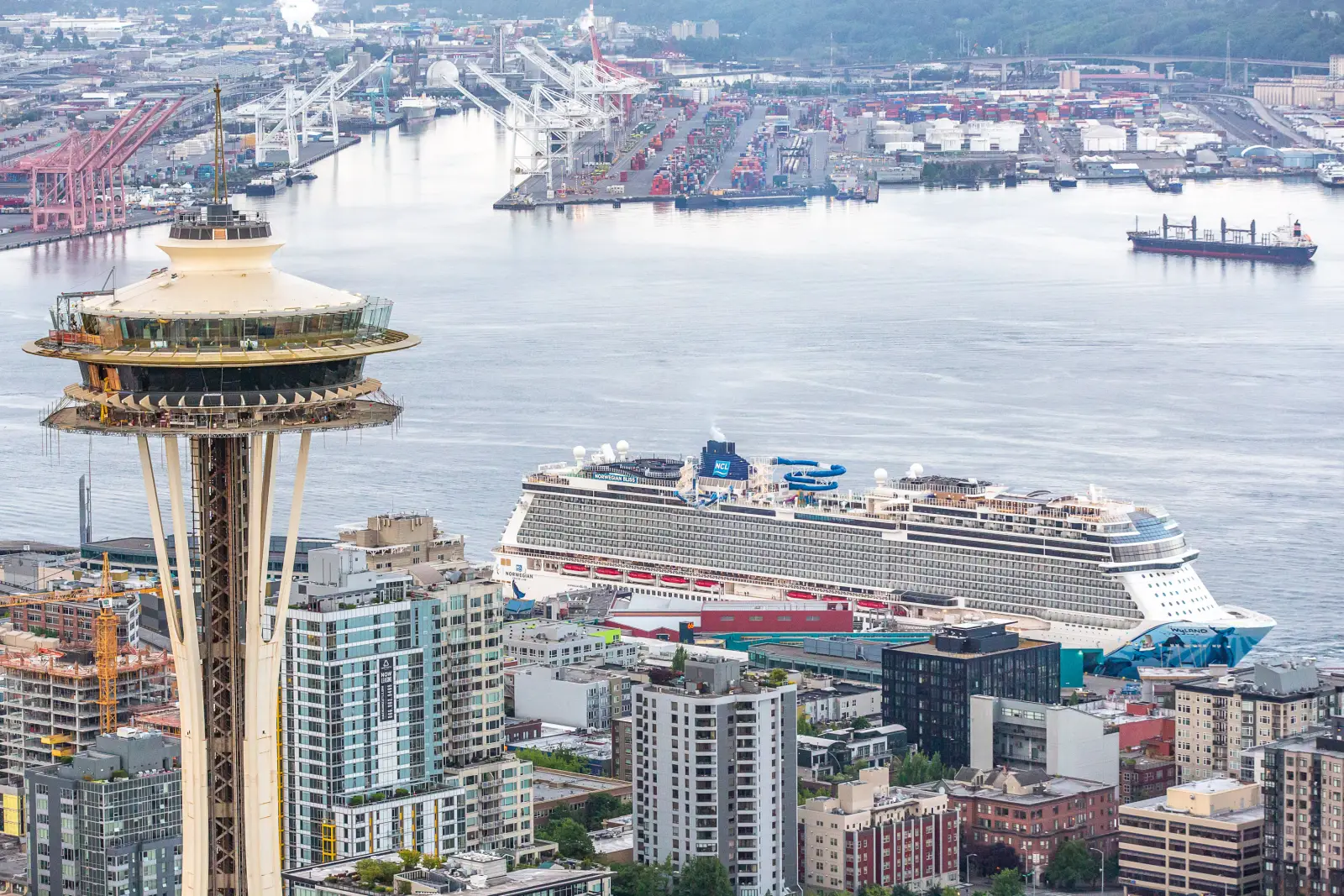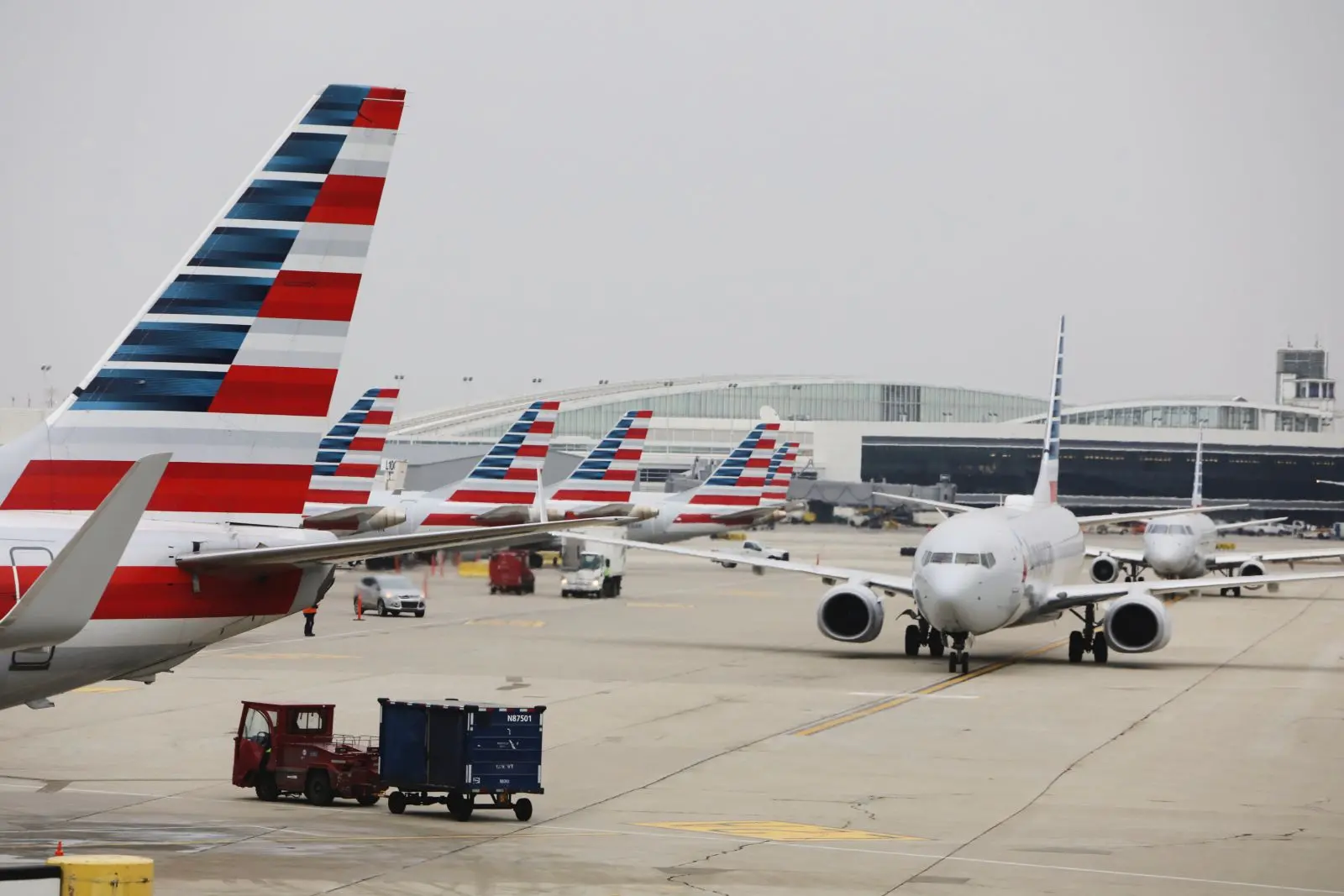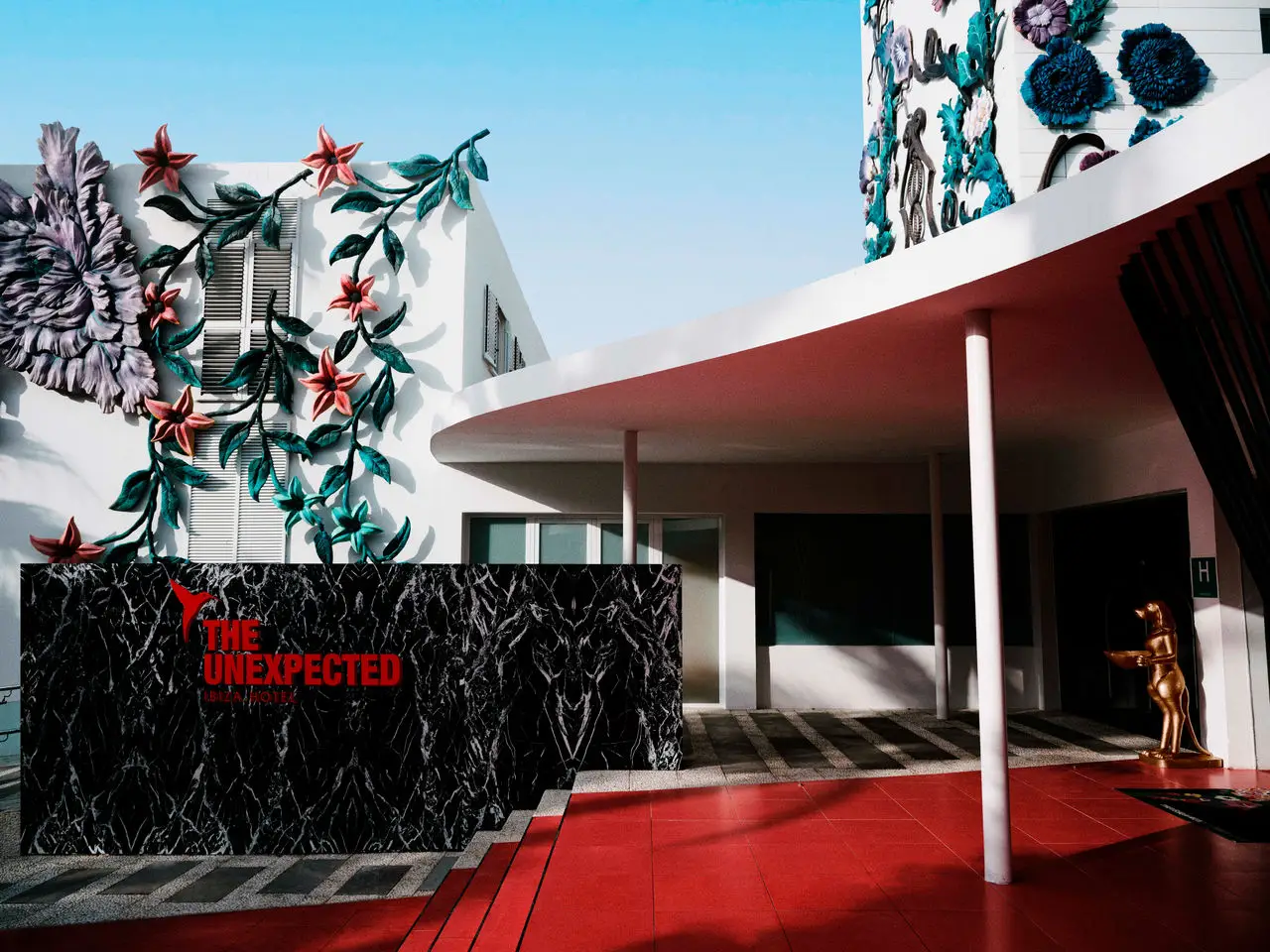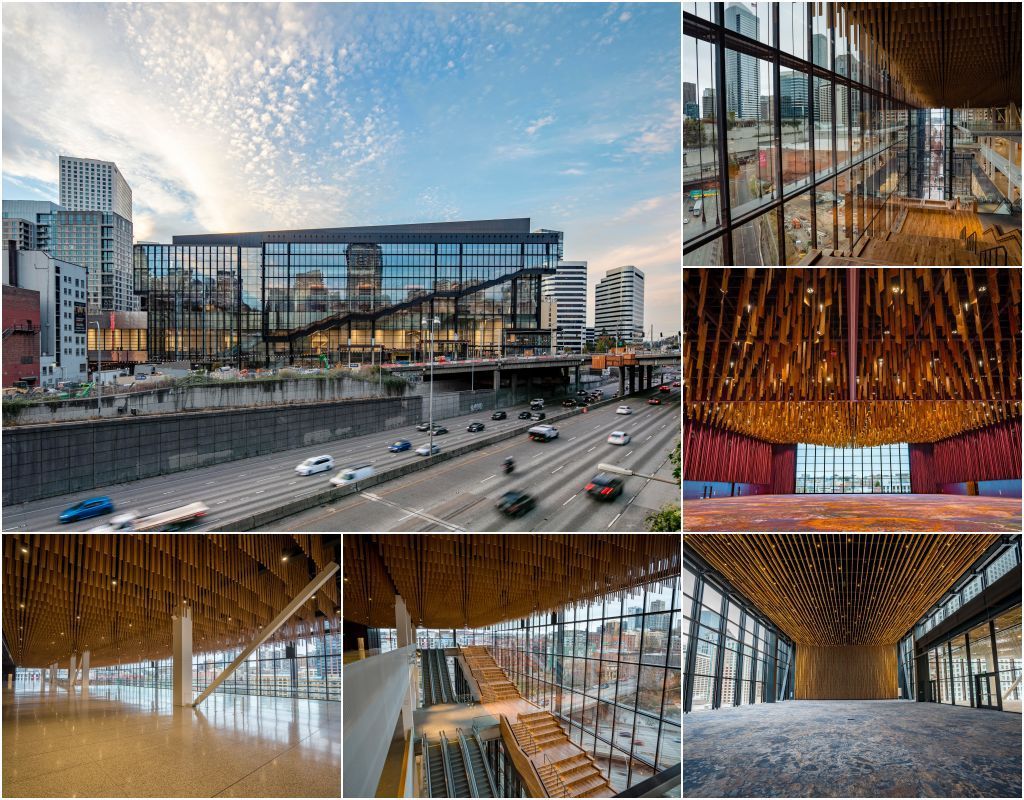Seattle’s 2025 cruise season welcomes 1.9 million passengers as the Port of Seattle kicks off what is set to be its most environmentally progressive and economically impactful cruise year yet. Beginning April 12 with the arrival of Norwegian Bliss at Pier 66, the season runs through October and will feature 298 sailings to and from Alaska.
For the first time, all three cruise berths at Seattle’s terminals are now shore power–enabled. This allows docked ships to turn off their engines and plug into clean electricity while at berth. Seattle is now one of the few cruise home ports in the world that can support three shore-powered vessels simultaneously, demonstrating its leadership in sustainable cruising practices.
The 2025 cruise season is expected to generate nearly $900 million in local economic activity. That includes tourism-related spending, the provisioning of ships with local goods, and employment supported by cruise operations. In total, the season will help sustain around 5,500 jobs across various sectors including hospitality, transport, and port services.
New Ships and Lines Join Seattle’s Home Port
This season also marks the debut of Cunard Line’s Queen Elizabeth homeporting in Seattle. From June through September, the ship will sail 7- to 11-day itineraries, giving passengers the opportunity to explore Alaska’s scenic wonders with the historic elegance of Cunard.
Seattle’s cruise lineup is set to expand even more in 2026 with the arrival of Virgin Voyages and MSC Cruises, both of which will make their Alaska home port debut in the city. These additions reflect Seattle’s growing importance as a West Coast cruise hub and its increasing appeal among global cruise brands.
The combination of world-class cruise infrastructure, stunning nearby destinations, and strong sustainability commitments continues to make Seattle a preferred gateway to Alaska for international travelers.
Clean Energy Takes Center Stage
One of the season’s major milestones is the Port of Seattle’s full implementation of shore power at every berth. This means cruise ships can operate without emitting engine exhaust while docked, significantly cutting greenhouse gas emissions and improving local air quality. It’s a major step forward for the cruise industry’s global decarbonization efforts.
In addition, Carnival Corporation will begin a biofuel pilot project in the region this year. The initiative aims to test alternative sustainable fuels that could further reduce carbon emissions from cruise ships. These fuels are considered a key tool in maritime decarbonization strategies worldwide.
By offering shore power and exploring alternative fuels, Seattle is reinforcing its commitment to climate leadership while still supporting a thriving tourism economy.
Local Impact Beyond the Port
The Seattle to Alaska cruise connection not only boosts port activity but also supports local businesses throughout the city and region. Cruise passengers often explore Seattle before or after their voyages, supporting restaurants, hotels, retail shops, and cultural attractions.
According to Visit Seattle, cruise tourism is a vital part of the city’s $8 billion tourism industry. The sector plays a crucial role in sustaining jobs and enhancing the economic vibrancy of Seattle’s neighborhoods. The cruise season also benefits suppliers who provision the ships and the longshoremen who manage logistics at the terminals.
By combining tourism, sustainability, and economic opportunity, Seattle continues to show how cruise operations can benefit both communities and the environment.
Ships calling at the Port of Seattle follow a strict set of environmental guidelines. These include compliance with state and international regulations, as well as the Port’s best practices for minimizing environmental impacts. Cruise lines also voluntarily upgrade their equipment and operations to align with Seattle’s sustainability goals.
The port has banned the discharge of exhaust gas cleaning system wash water at berth, helping protect water quality in Puget Sound. It is also working with cruise industry leaders on long-term strategies for maritime decarbonization.
As the largest cruise home port on the U.S. West Coast, Seattle is setting a powerful example of how technology, collaboration, and innovation can transform an industry traditionally associated with high emissions into a cleaner, more responsible model for global tourism.
With nearly 2 million passengers, three new cruise lines, and a major leap forward in clean energy, 2025 is shaping up to be a landmark year for Seattle’s cruise scene. And for passengers embarking on their journeys to Alaska, it all begins at the port that’s rewriting the future of cruising.













